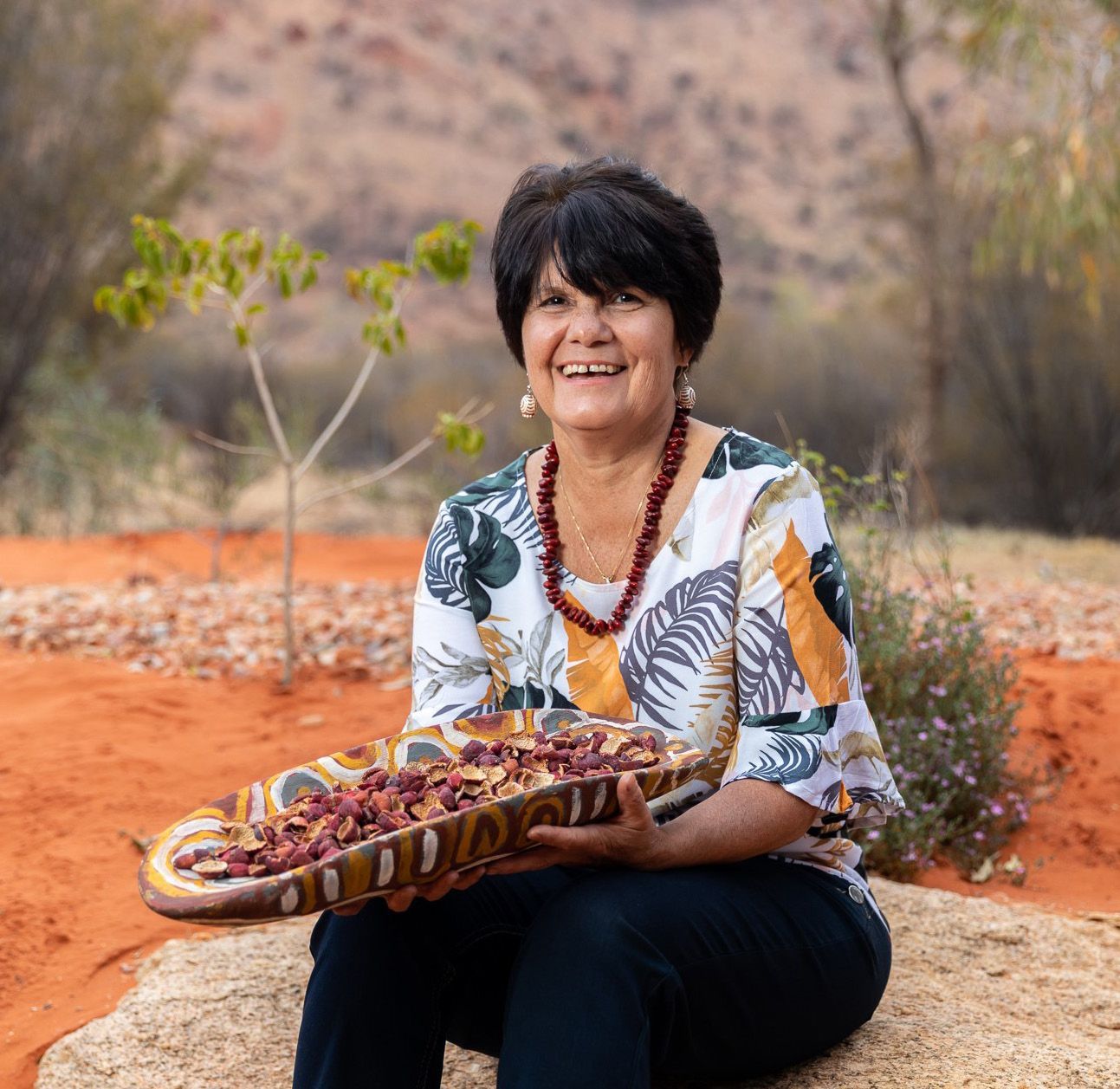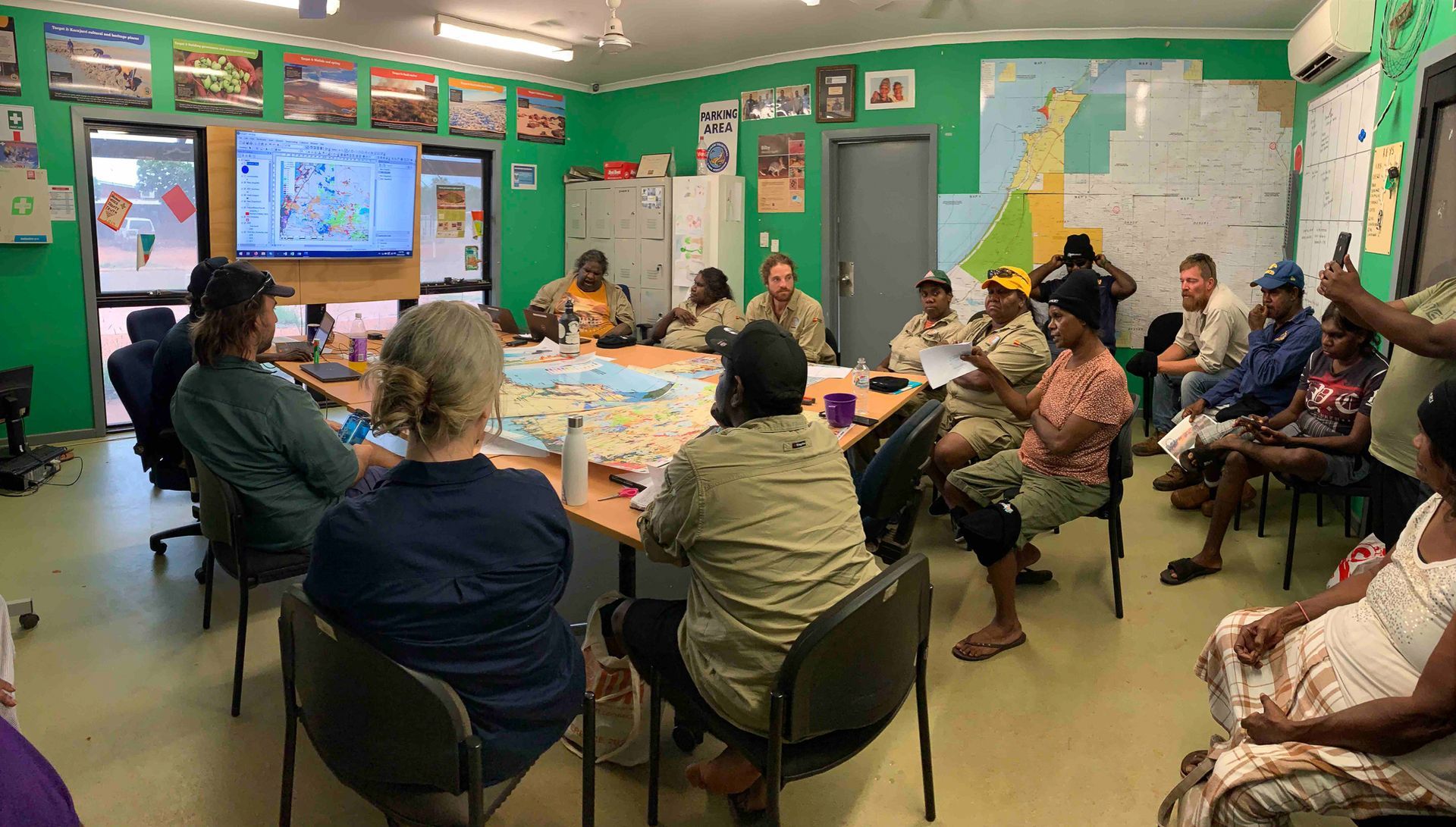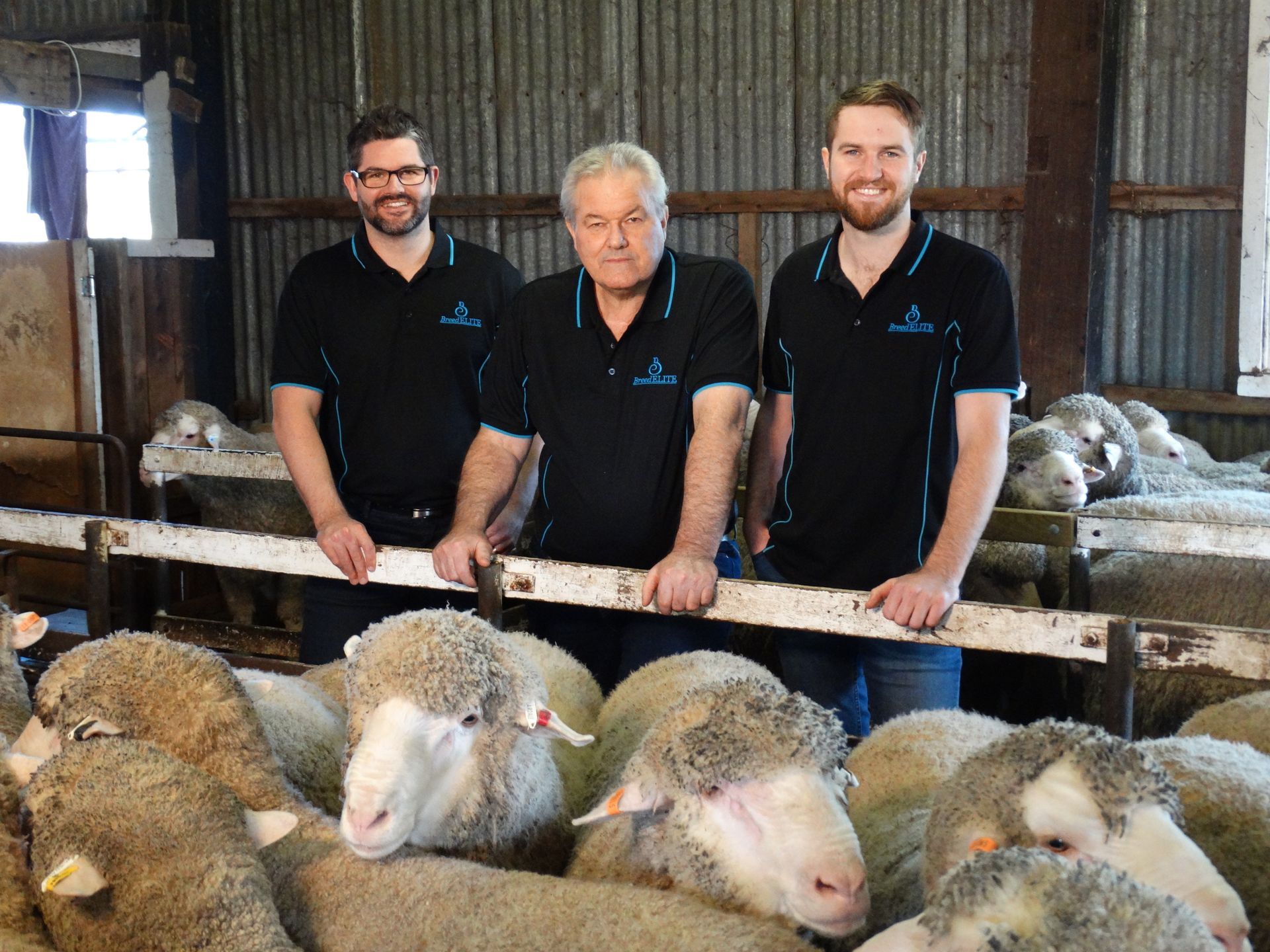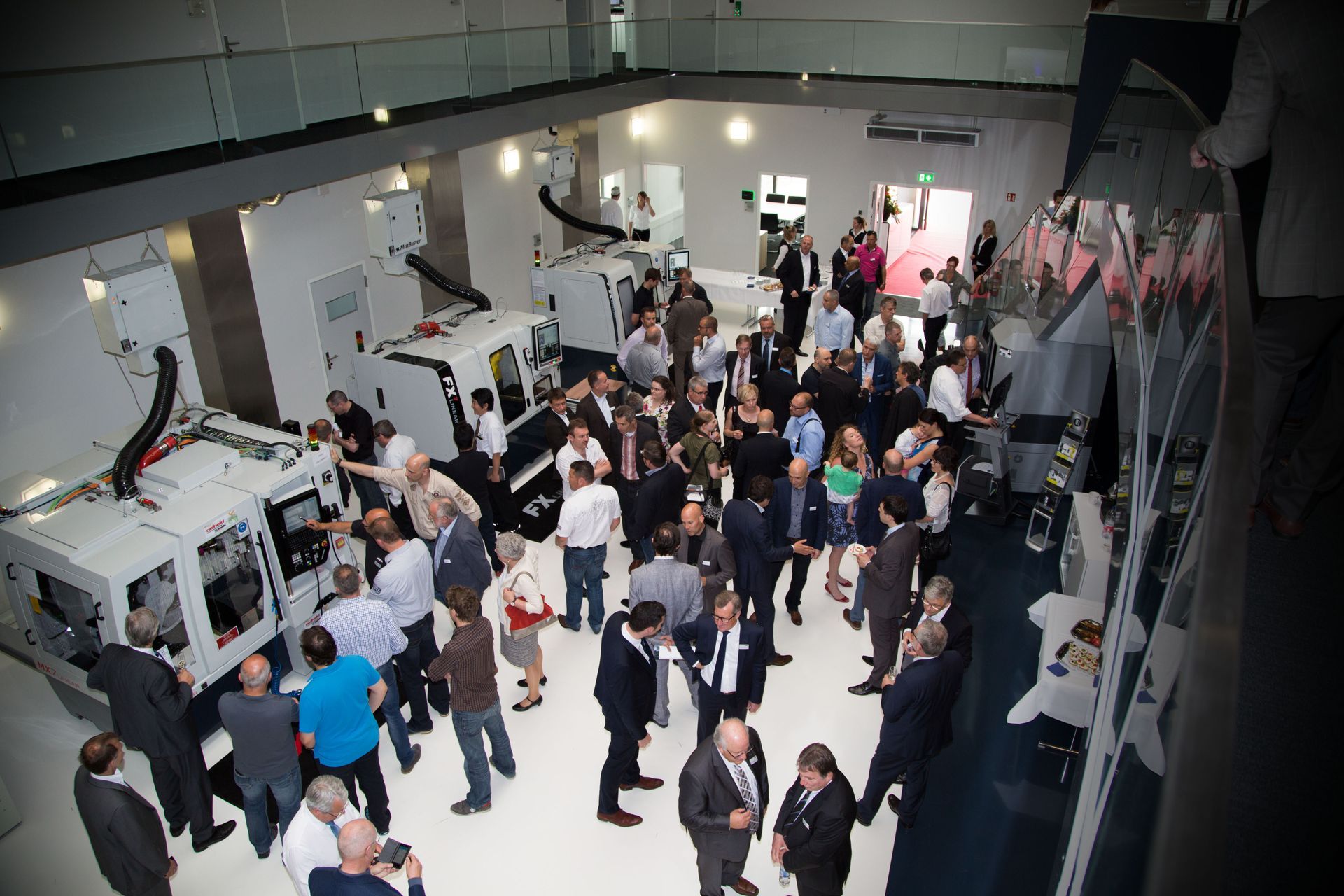Blockchain to Boost Food Security and Provenance: A conversation with global technology company IBM
Blockchain has become a bit of a buzzword of late but it is a technology few understand. How can it actually help Australian farmers and agribusinesses? 1MG spoke with Shahid Saiyad recently, a blockchain expert working for IBM in New Zealand, to get to the bottom of the blockchain puzzle.
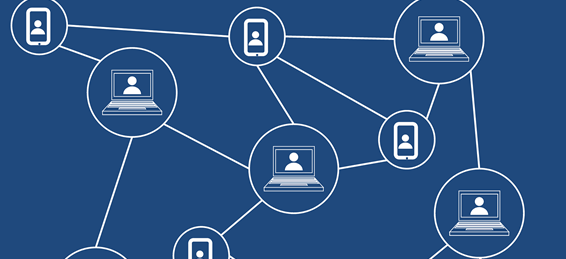
Blockchain, invented in 2008 to serve as the public ledger of bitcoin, is most simply explained as a shared, unchangeable list of records that automates the process of tracking transactions, interactions and assets in a business network.
While it was originally developed for cryptocurrencies, innovative companies and people are using blockchain for purposes as diverse as tracking music distribution, online electoral voting, selling their own healthcare data to insurers and faster financial transactions. It is even being used in developing nations to reduce corruption and encourage co-operatives in the food supply chain.
While Australian farmers may not suffer the pain of corruption and food contamination like their counterparts in developing nations, blockchain still offers a potentially important boost to our food industry.
“When Australian or New Zealand farmers are exporting specialty or premium products such as honey, beef or wool, they want to preserve the brand in foreign markets and make sure the supply chain has been well-managed,” says Shahid. “A blockchain platform gives an assurance to your consumers that you have provenance.
“I’m not saying provenance is impossible in today’s world, but with blockchain it becomes more transparent and easier to prove to a customer.”
------------------------------------------
“Blockchain represents an opportunity to improve each step in the process of generating agricultural produce and getting it to the customer. A key example is the wine industry, for which blockchain solutions can offer transparency, data-sharing and efficiencies. It can assist in inventory tracking, facilitate automated payments between supply chain members, and reduce counterfeiting through provenance transparency, among other potential benefits”. Ref: THE NATIONAL BLOCKCHAIN ROADMAP: Progressing towards a blockchain-empowered future (2020).
------------
This also extends to domestic markets where blockchain has an important role to play in a society that is becoming increasingly conscious and selective about the ethical sourcing of food products.
“Blockchain technology can build trust and consumer awareness in your product,” says Shahid. “Rather than just trusting the food chain to deliver them the right stuff, customers could scan the label on a punnet of strawberries to instantly discover where they were grown, when they were packaged and how they were transported.”
IBM was one of the first companies to come up with a global food integrity platform using blockchain – the IBM Food Trust. The Food Trust connects its participants via a permanent and shared record of details (food origin, processing data, shipping details, etc.) to provide transparency and accountability in each step of the supply chain.
While the genesis of the platform was to tackle issues with meat contamination in China, the opportunities to integrate the supply chain saw growers, processors, distributors, packing companies and food companies from around the world get involved.
And although the technology might sound complex, the barriers to entry for your average farmer are very low.
“We are not expecting farmers to invest in technology to be able use blockchain – a platform could be accessed via something as simple as a smartphone app,” says Shahid. “The key for farmers is that, with the right blockchain platform, they can turn their product into a premium product simply through proof of compliance and conditions.
------------------------------------------
“The Australian Government has provided $350,000 to Standards Australia to lead the development of international blockchain standards through the International Organization for Standardization (ISO).” Ref: Department of Industry, Science, Energy and Resources website.
------------
“It’s about maximising profitability, first and foremost. But if you have a problem with a food-borne illness or an issue with quality, then the faster you can detect that issue, the more you’re going to minimise loss. That’s what a blockchain platform in agriculture can offer.”
A blockchain platform for agriculture may sound like a futuristic ideal, but in this case the future is here now. IBM’s Food Trust platform has already seen over one million food data transactions and that number is growing by the second. It may not be long at all until this technology is the norm for the Australian food supply chain.
Shahid Saiyad is an Associate Partner at IBM New Zealand, specializing in digital strategy, interactive experience, blockchain, and artificial intelligence.





